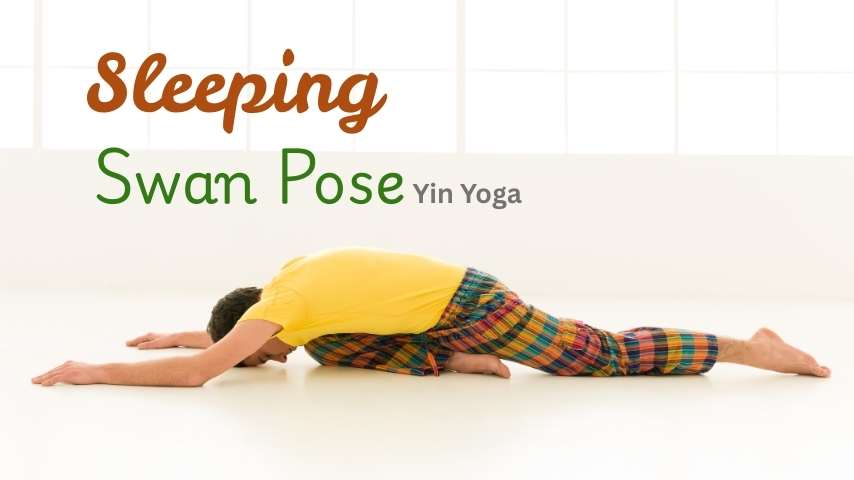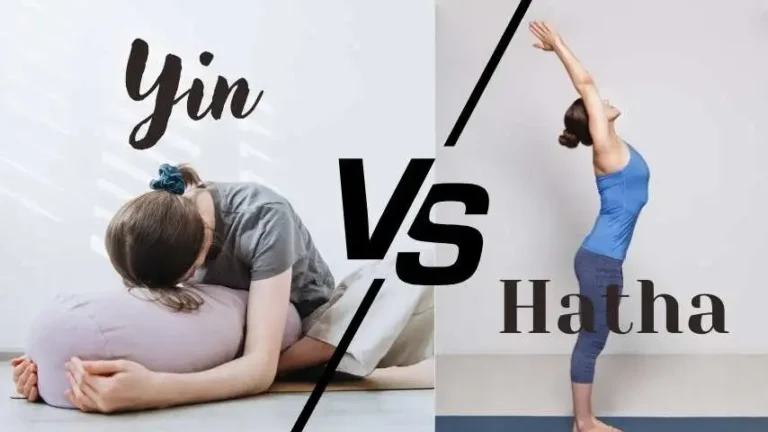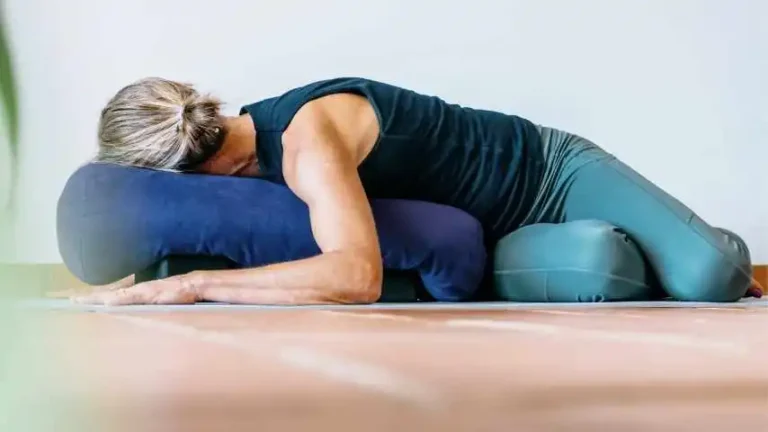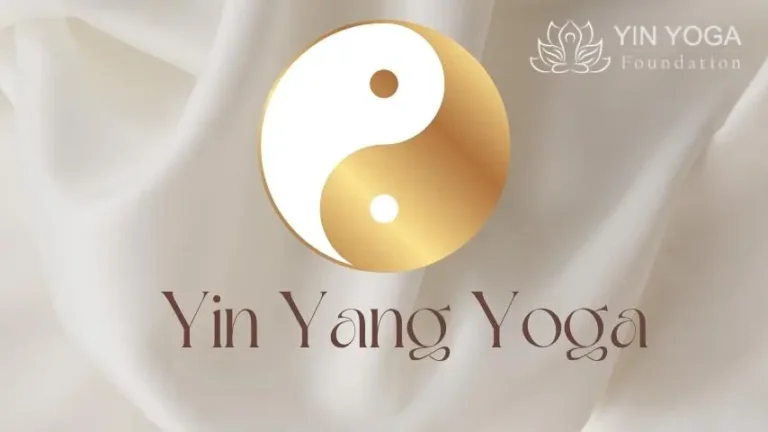
In Yin Yoga, the Sleeping Swan Pose is a hip-opening, relaxing pose. The Pigeon Pose is similar, but it focuses on holding the pose for longer and requires less effort. This posture is a hip opener that promotes stillness, targets the glutes and hips. It also helps to relieve tension in the lower spine, allowing for both mental and physical relaxation.
Sleeping Swan Pose Meaning
Sleeping is a state of relaxation and surrender to gravity. This contrasts with Yang-style pigeon postures that require active muscle engagement.
Swans “symbolises transformation, depth of emotion, and grace. Swans are often associated with inner beauty, and the ability to deal with difficult emotions in an elegant manner.
Meanings Emotional and Symbolic
Many people believe that our hips store emotional stress like trauma, fear and sadness. Sleeping Swan’s deep stillness allows practitioners to feel their mental resistance softeren and create space for emotional processing. The stillness promotes self-reflection, acceptance and Yin Yoga.
How to do a sleeping swan pose Step By Step (Yin Yoga).
- Begin in Tabletop Position (hands & knees).
- Drag your right leg forward and towards your right wrist.
- Put your left leg straight forward and your right leg diagonally underneath your torso. Your toes should be pointing in the back.
- Try to square your hips (don’t be worried if your right hip does not touch the ground).
- Slowly lower the torso down over your right leg, landing on either your forearms, or placing your forehead onto your hands, your block, or your mat.
- Soften your body. Allow gravity to work by letting your upper-body drape outward.
- Hold for 3 to 5 minutes.
- To exit, gently press back to Child’s Pose or Tabletop, and repeat the process on the other side.
Physical Benefits of sleeping swan pose
The Hip-Opening Pose is the Sleeping Swan. The front leg is stretched out, which helps the glutes, piriformis, and outer hip relax, while the back leg allows the hip flexors to loosen up.This helps improve overall posture alignment and reduce lower-back pain. The pose is passive, which targets the fascia as well as the connective tissue. This promotes joint health and flexibility, without strain. It is especially beneficial to people who spend long periods of time sitting or have tightness in their lower body.
Deep Hip Opening
Stretch the glutes and piriformis on the front leg. Releases tightness caused by sitting for long periods or sports activity. Increased hip mobility and flexibility .
Lengthens Hip Flexors
- When the back leg is extended, it experiences a gentle stretching of hipflexors as well as quadriceps.
- It helps to reduce hip tightness caused by sedentary living.
Supports Lower Back Health
- When the hips are released, the tension in the lower spine is relieved.
- Improved pelvic alignment can reduce chronic lower-back pain.
Stimulates Connective Tissues
- Instead of muscles, target fascia and ligaments.
- Promotes hydration and elasticity in connective tissues, which is beneficial for joint health.
Improves posture and alignment
- Sleeping Swan helps improve posture by loosening and realigning tight hips.
- Corrects muscular imbalances in the hips, spine and thighs.
Increases Range of Motion
- Regular practice increases the range-of-motion of the hips and the spine. This improves performance both in yoga and in daily movements.
Training in Passive Flexibility
- The body relaxes into a deeper stretch. This is different than active or dynamic stretching.
Mental and Emotional Benefits of Sleeping Swan Pose
In Yin Yoga the hips can be used as a place to store tension. This includes anxiety and anger. The Sleeping Swan provides a safe and supported environment to explore these emotions. The pose’s stillness and the long time it is held encourages a meditation state. This promotes mental clarity and emotional release. Regularly practicing this pose can reduce anxiety and mental exhaustion.
Mindful Benefits of Sleeping Swan Pose
Traditional Chinese Medicine teaches us that the Sleeping Swan practice helps to activate the Liver meridians, which are connected to our emotions and our ability to make decisions. When these energy pathways are cared for, both our body and mind can find a better balance and feel more at peace. The Yin approach encourages us to be more tolerant and accepting, making it easier to deal with discomfort when it arises.





